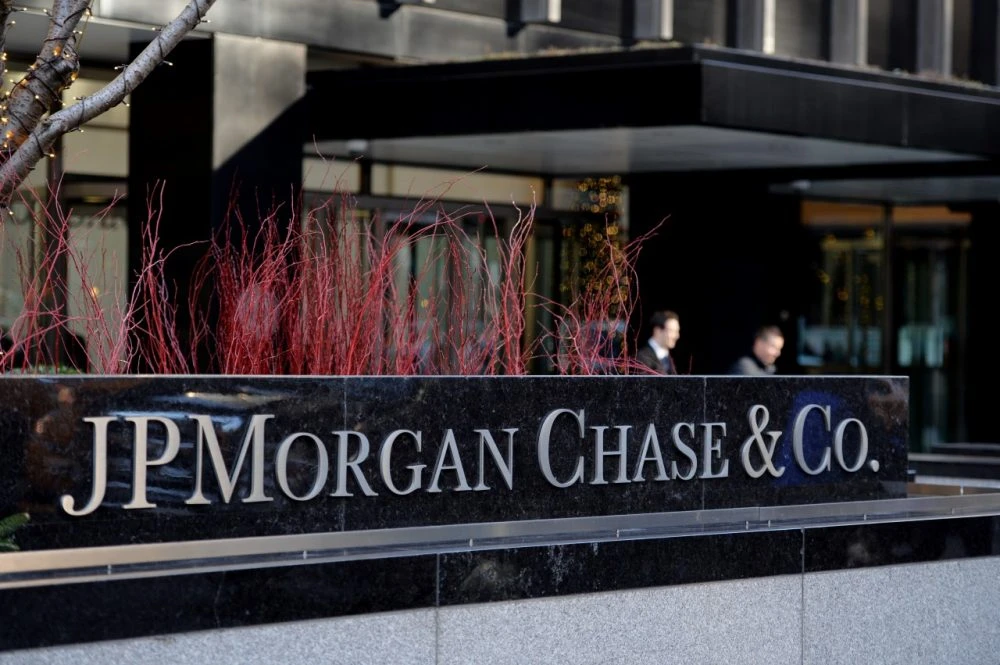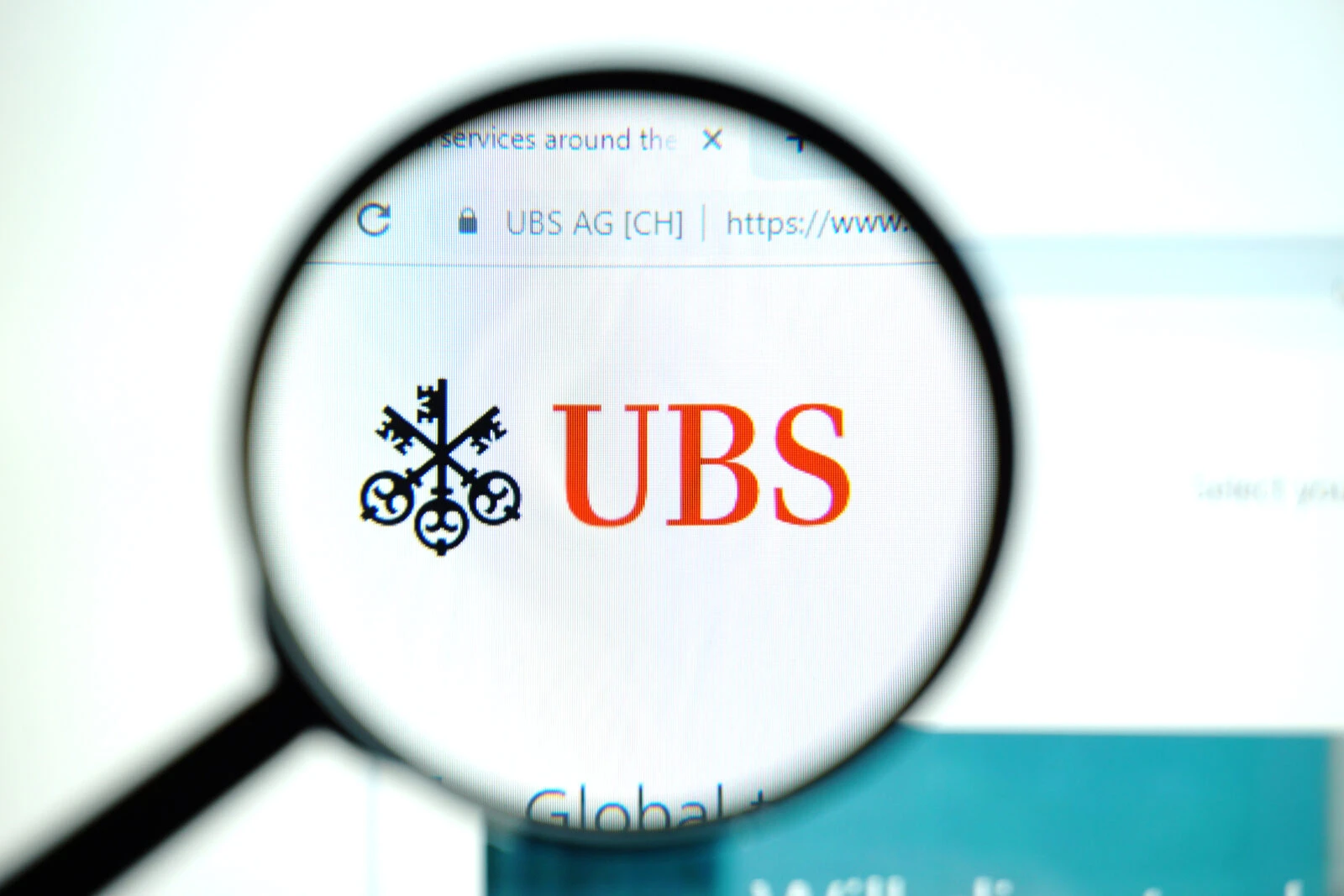Global banks revise outlook on Turkish economy following central bank’s bold move
 File photo shows a person holding a smartphone displaying the Central Bank of the Republic of Türkiye's (CBRT) website. (Adobe Stock Photo)
File photo shows a person holding a smartphone displaying the Central Bank of the Republic of Türkiye's (CBRT) website. (Adobe Stock Photo)
Major international investment banks revised their forecasts for the Turkish economy following the central bank’s unexpected decision on Thursday to raise its policy interest rate by 350 basis points to 46%.
The move marked a shift from the recent easing cycle, which had included three consecutive rate cuts, and was driven by concerns over persistent inflationary pressures and heightened global uncertainty.
While U.S.-based institutions such as JPMorgan, Morgan Stanley, and Goldman Sachs anticipate a cautious and gradual easing cycle beginning as early as July, Spain’s BBVA and Switzerland’s UBS maintain a more cautious outlook on the Turkish lira. Meanwhile, Is Yatirim, the brokerage arm of Türkiye’s Isbank, expects the central bank to act more swiftly, projecting that interest rate cuts could start as early as the next meeting in June.

Analysts cited risks such as inflationary pressures and exchange rate volatility, while some also pointed to declining foreign exchange reserves—now below $150 billion—and continued dollarization as factors that could erode the Turkish lira’s appeal and limit the central bank’s policy flexibility.
What to expect from Türkiye’s top lender?
JPMorgan
JPMorgan raised its year-end inflation forecast from 29.5% to 30.5%, citing increased risks from agricultural supply shocks following unseasonal weather. The bank expects the CBRT to keep its policy rate steady at 46% during the June meeting, before initiating a cautious easing cycle in July.
It forecasts the policy rate to fall to 38% by the end of 2025—above its previous projection of 35%—and emphasized that the central bank is likely to maintain positive real interest rates through 2025 to prevent further dollarization and support lira stability.

Morgan Stanley
Morgan Stanley revised its year-end policy rate forecast from 33.5% to 36%, reflecting expectations of a slower path to easing due to inflation persistence and currency volatility. The bank foresees no change in June but expects a gradual rate-cutting cycle to begin in July, contingent on inflation conditions.
Its year-end inflation forecast stands at 29%, while the USD/TRY exchange rate is projected to reach 43. Analysts also noted a cautious return to Turkish lira carry trade positions, though with limited exposure given prevailing risks.

Goldman Sachs
Goldman Sachs adjusted its year-end policy rate forecast upward from 28.5% to 33%, anticipating that rate cuts could begin as early as July—provided no new economic shocks emerge. The bank described the CBRT’s latest policy communication as pragmatic, noting its willingness to tighten further if inflationary conditions deteriorate.

UBS
UBS expressed a more reserved stance, warning that the Turkish lira has lost appeal for carry trade strategies. Analysts cited a combination of factors: declining FX reserves, which have weakened the central bank’s buffer; persistent domestic dollarization; and fading public support for tight macroeconomic policies. They also suggested that these dynamics may limit speculative positioning in Turkish assets moving forward.

BBVA
BBVA noted that if foreign exchange pressures continue, the central bank may need to raise its average funding rate to as high as 49%. The bank pointed to a sharp drop in reserves since mid-March and rising household demand for hard currency as structural challenges.
Despite some improvements in global commodity prices and inflation expectations, BBVA said the central bank remains cautious due to lingering uncertainty, geopolitical sensitivity, and strong domestic demand in early 2025.

Is Yatirim
Is Yatirim, the brokerage arm of Türkiye’s Isbank, diverged from most foreign institutions with a more aggressive forecast. It expects the CBRT to begin cutting interest rates as soon as the June meeting, with reductions of 200 to 300 basis points per decision. While the firm acknowledged the central bank’s recent message of policy discipline, it believes the monetary authority could accelerate easing if macro conditions permit.
Is Yatirim maintained its year-end inflation estimate at 30% and policy rate projection at 35%.
Turkish central bank at the center of praise
Regarding the unexpected move, the Central Bank of the Republic of Türkiye (CBRT) stated in its press release that rising inflationary pressures had become more pronounced, particularly amid ongoing market volatility. In addition to the policy rate hike, the CBRT raised the overnight lending rate to 49% and the overnight borrowing rate to 44.5%, thereby widening the interest rate corridor.
In addition, the CBRT announced it would resume one-week repo auctions, its main funding mechanism, which had been suspended since March 20. During this suspension, the bank had been providing liquidity through the overnight window at 46%, effectively tightening policy without altering the benchmark rate. With the latest move, the 46% rate will now apply directly to weekly repo operations.
Most economists welcomed the decision as a step toward boosting investor confidence in the Turkish economy, noting that while it does not significantly alter the current level of monetary tightness, it demonstrates the central bank’s commitment to maintaining its disinflation program through the end of the year.



